|
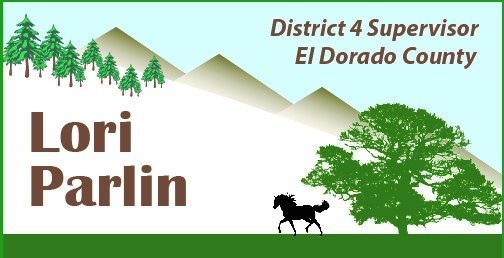
Having trouble viewing this email? View it as a Web page.
   
In This Issue:

The County is soliciting written comments through October 23, 2020 on what should be studied in the Draft Environmental Impact Report.
The chart below represents where the applicant is in the process.
The notice and instructions for comments can be found here: https://www.edcgov.us/Government/planning/public%20notices/Documents/2020/20200923_CoolGeneralRetail_NOP.pdf?fbclid=IwAR0eVpUvaDeKqGXEiqUccH3RYjRL0Zp4gs3GsFE-urGFrxBR7-f9WlwKl-A
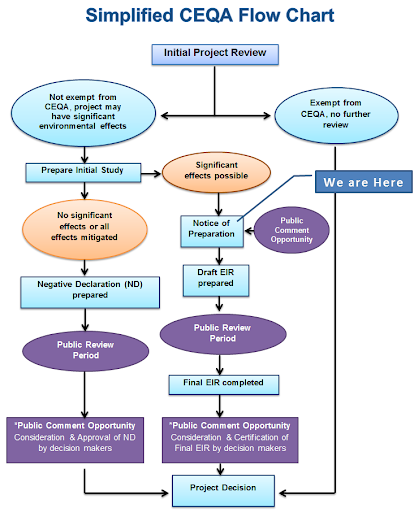
Back to Top
County Moves to Less Restrictive
Orange COVID-19 Tier
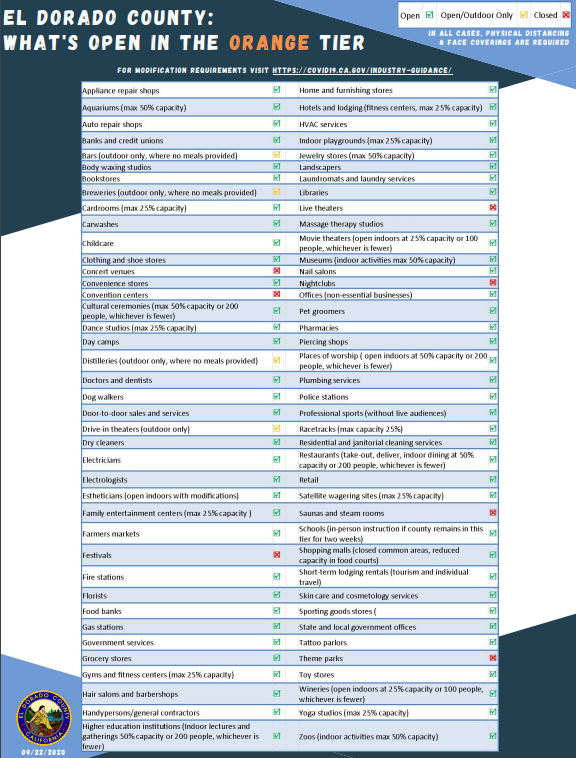
PDF of above Chart:
https://www.edcgov.us/Government/hhsa/PublishingImages/pages/EDCCOVID-19-News/What%20is%20open%20in%20the%20Orange%20tier.pdf
At the September 22, 2020 Board of Supervisors meeting El Dorado County’s Public Health Officer, Dr. Nancy Williams, announced the County has moved within the State’s new COVID-19 framework for reopening from the Red tier into the less restrictive Orange tier, effective immediately.
A county moves into the Orange tier if it has a case rate less than 4.0 per 100,000 residents and a test positivity of less than 5.0. The State records El Dorado County’s population as 193,098. For the most recent week that was assessed, El Dorado County had a 1.5 per 100,000 case rate and 1.4% test positivity. The most recently calculated test positivity is in the least restrictive Yellow tier, but counties are assigned to the most restrictive tier if its metrics fall into more than one tier.
Full Press Release is here: https://www.edcgov.us/Government/hhsa/PublishingImages/pages/EDCCOVID-19-News/PR%2020-57%20EDC%20Moves%20to%20Orange%20COVID%20tier.pdf
CA Industry Guidance Here: https://covid19.ca.gov/industry-guidance/
Back to Top
Summary of Campfire Discussion at
9/22 BOS Meeting

At the September 22, 2020 Board of Supervisors meeting, the Board received information from CalFire regarding a potential ban on campfires. After much discussion and public input it was decided that a ban would be overreaching and not the best use of resources. Instead, CalFire will continue its education efforts and the Coloma-Lotus Advisory Committee (CLAC) will plan to create a Fire ad hoc committee at its October 1, 2020 meeting. It is anticipated that the CLAC Fire ad hoc committee will collaborate with businesses, fire professionals, and residents to create best practices to guide the use of campfires in future years. In the meantime, the larger private campgrounds in the Coloma Valley have mutually agreed to a voluntary ban on campfires for the rest of this fire season, which has been extraordinary.
To watch the video of the Board’s discussion, go here https://www.facebook.com/298839313509933/videos/801057693798547 and start at the 5:03:06 timestamp.
Video and minutes for item 39. 20-1244 will also be posted to https://eldorado.legistar.com/Calendar.aspx .
Information on the October 1, 2020 CLAC meeting is available here: https://www.edcgov.us/Government/planning/Pages/Coloma-Lotus-Advisory-Committee.aspx
Thank you to everyone who participated in discussion of this important topic.
Confluence Study Grant Update
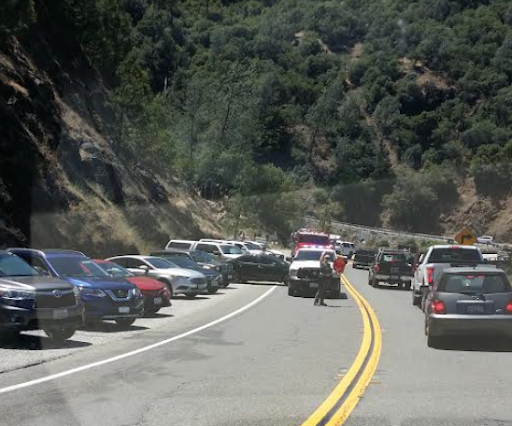
On May 5, 2020 Caltrans District 3 submitted a grant application in the amount of $175,000 for State Planning and Research funding to support the SR 49 American River Confluence Recreational Traffic Management Study. The Study aimed to analyze the impacts of tourism and recreation traffic along SR 49 from the Community of Cool to the Confluence of the South and Middle Forks of the American River. Furthermore, the Study would have identified improvements and/or strategies to enhance safety and management of this section of SR 49. Unfortunately, Caltrans was not successful in securing the grant funding to support this effort. Recognizing the importance of this corridor and the many safety concerns, the El Dorado County Transportation Commission will look for other funding programs or grant opportunities to move the project forward.
Flu Clinic Starting 10/3/20
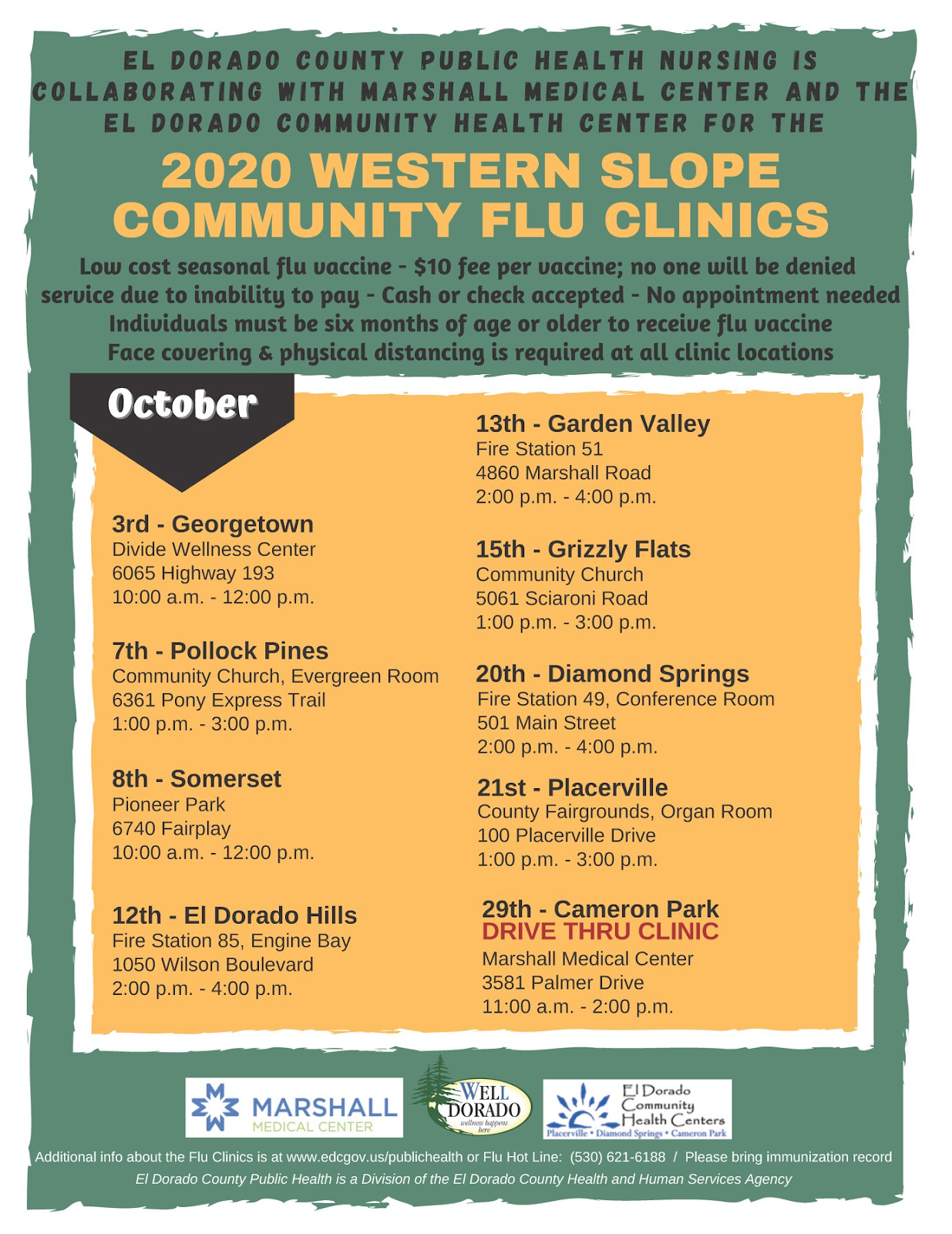
The cost per vaccine is $10, but no one will be denied service due to inability to pay; cash or check accepted. Parents should bring their child's immunization records. Face coverings and physical distancing are required at all clinic locations. Updated information on flu clinics will be posted to https://www.edcgov.us/publichealth.
Voter/Ballot Info for General Election
   
Here you will be able to find important information for the November 3, 2020 General Election.
https://www.edcgov.us/Government/Elections/general-election-november-3-2020
Voter Information Guides will be mailed September 24th.
Ballots will be mailed one week early starting September 28.
If you have any questions, please reach out to the Election Department at elections@edcgov.us or (530) 621-7480.
Back to Top
Staying Connected During Power Outages

Here are tips on how to prepare and stay connected during power outages, including PSPS events:
- Keep your wireless phone batteries charged at all times. Have an alternative plan to recharge your battery in case of a power outage, such as using your car charger to power your device or a portable battery.
- Have a family communication plan in place. Designate someone out of the area as a central contact and make certain that all family members know who to contact if they get separated.
- Install a back-up battery if you use a VoIP home phone, and consider purchasing a non-cordless telephone in the event of a power outage. A mobile phone may also help you stay connected if your home phone loses power during PSPS events.
- Confirm your device has enabled Wireless Emergency Alerts. Most smartphones and feature phones released in the last few years are capable of receiving Wireless Emergency Alerts (WEA), so make sure you have wireless emergency alerts turned on in your phone’s message settings.
- Sign up for additional alerts in your county at calalerts.org.
Stay Connected
- Try text messaging. During an outage, text messages may go through more quickly than voice calls because they require fewer network resources.
- Enable Wi-Fi calling. Wi-Fi calling may let you talk and text from indoor locations if the cellular network is unavailable. When calling 9-1-1, device location data from nearby Wi-Fi networks will be used to help locate you. If that data isn’t available, the emergency address you provide will be used.
- Be prepared for high call volume. During an emergency, the increased calling volume may create network congestion, leading to “fast busy” signals on your wireless phone or a slow dial tone on your landline phone. If this happens, hang up, wait several seconds and then try the call again.
- Forward your home number to your wireless number in the event of an evacuation. Because call forwarding is based out of the telephone central office, you will get incoming calls from your landline phone even if your local telephone service is disrupted at your home.
- Keep non-emergency calls to a minimum and limit your calls to the most important ones.
More guidance is available here:
https://www.fcc.gov/reports-research/guides/tips-communicating-emergency
|
















